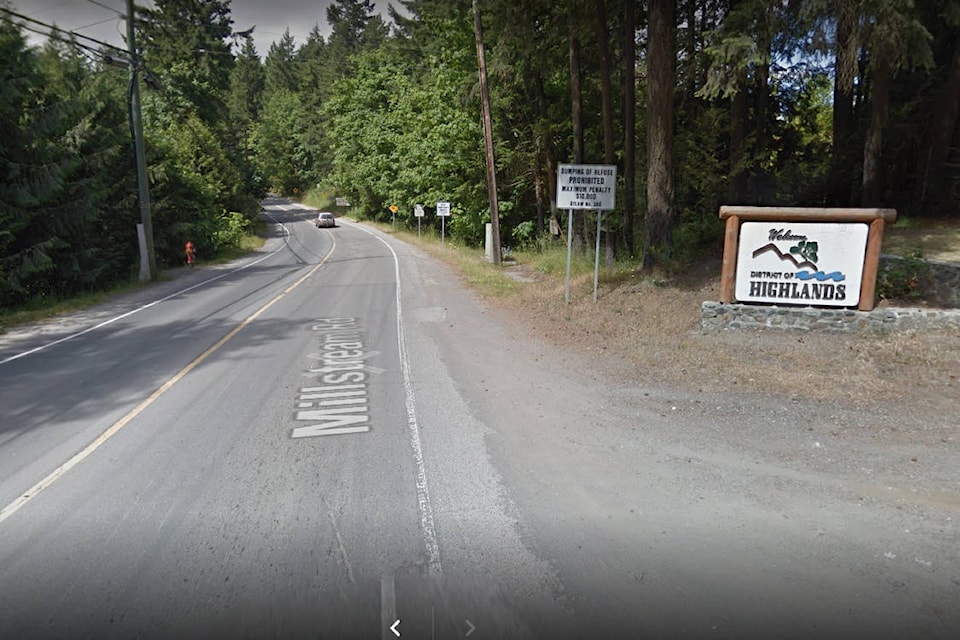The District of Highlands is seeking feedback from residents as it prepares for some potential financial challenges on the horizon.
The District is set to bring its proposed strategy on asset management to residents at an open house slated for next Wednesday, Jan. 10, from 5:30 p.m. to 7:30 p.m. at the Highlands Community Hall, 729 Finlayson Arm Rd.
The strategy has been prepared by the Brentwood Bay Advisory Group, and council is inviting comments and feedback to help guide them into what, according to the report, may be a challenging future.
But it’s a complicated subject and one many residents may not be familiar with.
In plain language, asset management takes into account all of the capital and natural assets of the community and attempts to lay out a plan to maintain those assets into the future.
Assets include, for example, land, groundwater aquifers, roads, bridges, facilities, parks, and vehicles. The plan for maintaining those assets are dictated by the resources available through taxation, government grants and other revenue sources available to the municipality.
The 62-page report also contains supporting documentation in the form of budgets, departmental reports and other materials related to infrastructure.
“Monitoring our natural assets and taking care of our infrastructure are required to maintain service to the community without compromising the ability of future generations of Highlands residents to meet their own needs,” said District CAO Loranne Hilton in a statement.
“Building on our groundwater studies of the Wark-Colquitz aquifer and the fire department’s successful tanker shuttle accreditation project, the District will focus on long range plans to keep buildings, roads, bridges and the natural environment protected. The approach used for this work is based on the Asset Management British Columbia framework that features four key elements: people, information, assets and finances.”
But the task is not without challenges.
For example, the report reveals that the District has a “B” letter grade for its infrastructure report card. That rating, overall, means that the situation is good, but notes that funding is needed.
However, within that rating roads are given a “C” and it’s noted that funding is needed to maintain and improve roadways in the District.
Another portion of the report notes the District currently commits $352,000 in property tax supported funding per year for asset reinvestment. That amount translates to the equivalent of $21 on general property taxes and $336 in fire specified area property taxes from the average homeowner in 2017.
But that amount is a little more than just 50 per cent of the average annual replacement needs. The report notes a gradual approach to increasing the capital investment amount to needed levels will take time to achieve.
And while Hilton did not say that meeting infrastructure needs would necessarily lead to increased property taxes in the District, citing other funding sources from the provincial and federal governments as potential sources, she did acknowledge that taxes are always a potential part of the funding package.
“This report does a good job of laying out the current situation and the needed actions to address our challenges,” she said.
“Building resiliency in these times of ever quickening climatic transitions and urban pressures is a strategic priority for Highlanders.”
